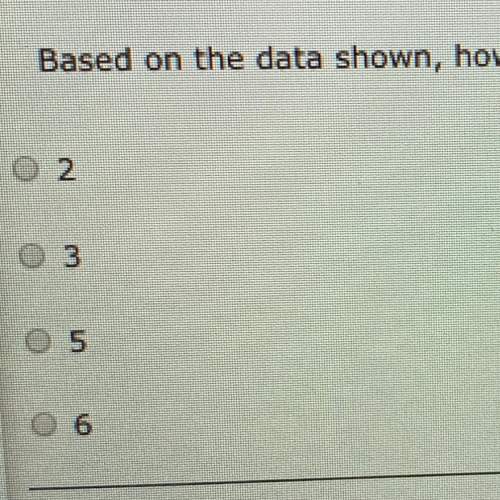
Mathematics, 10.02.2021 18:50, ballin2126
2. Triangle RST with vertices R(-2,2), S(3,1), and T(1,1) is translated by
(x, y) + (x - 1, y + 3). Then the image AR'S'T' is translated by (x, y) + (x +4, y - 1)
resulting in AR"S"T". Using this information, what would be the rule for a single translation
that maps ARST to AR"S T'?


Answers: 1
Other questions on the subject: Mathematics


Mathematics, 21.06.2019 20:00, soniah
Pepe and leo deposits money into their savings account at the end of the month the table shows the account balances. if there pattern of savings continue and neither earns interest nor withdraw any of the money , how will the balance compare after a very long time ?
Answers: 1

Mathematics, 21.06.2019 20:00, villarrealc1987
The function models the number of accidents per 50 million miles driven as a function
Answers: 1

Mathematics, 21.06.2019 23:00, cifjdhhfdu
If a company produces x units of an item at a cost of $35 apiece the function c=35x is a of the total production costs
Answers: 2
Do you know the correct answer?
2. Triangle RST with vertices R(-2,2), S(3,1), and T(1,1) is translated by
(x, y) + (x - 1, y + 3)....
Questions in other subjects:

















